We Need to Talk About Methane: Part Three
Colorado remains a leader on methane regulation
This is the third post in our We Need to Talk About Methane series. See Part 1 for more information about methane emissions data and Part 2 for a discussion of the orphan well crisis.
This summer, Congress made an important but low-profile move to reduce U.S. emissions by reinstating Obama-era rules limiting methane emissions from oil and gas production. Colorado has been a leader on methane limits since their inception, so we wanted to take a few moments to review these regulations, where they stand today, and why they are critical for protecting a livable climate.
The oil and gas industry is the single largest U.S. producer of methane, although by how much is a matter of some dispute. The EPA estimated in 2019 that about 30% of U.S. methane came from oil and gas operations, but recent research by the Harvard School of Engineering and Applied Sciences found that the EPA underestimated the industry’s methane emissions by 90% for oil production and by 50% for natural gas production. Methane emissions from oil and gas come from a variety of processes: producers often vent and flare excess methane at wellheads and refineries, and methane can also escape from leaky tanks and pipelines.
Methane flaring. Credit: WildEarthGuardians. Licensed under CC BY-NC-ND 2.0
In 2014, Colorado became the first state in the U.S. to directly regulate methane emissions from oil and gas. These regulations required equipment inspection and monitoring, plans to detect and repair methane leaks, and the implementation of control technologies designed to reduce emissions. In 2016, the EPA followed Colorado’s lead. The EPA imposed national standards for methane control that, while not as stringent as Colorado’s regulations, still represented the first major federal attempt to reduce the amount of methane escaping from wells, pipelines, and similar facilities. These nationwide methane rules remained on the books for four years before being largely rescinded by the Trump administration’s EPA in 2020.
Today, however, the 2016 federal methane rules are back on the books, and again Colorado played a leading role. In 2021, Colorado Representative Diana Degette and New Mexico Representative Martin Heinrich introduced a measure to roll back the Trump administration’s rollback, and this summer President Biden signed that measure into law, reinstating the Obama-era standards that were based on Colorado’s provisions.
Now, both Colorado and the federal government are looking to the future, with an eye toward further reducing releases of this devastatingly potent greenhouse gas. This month, the U.S. and European nations announced a Global Methane Pledge to reduce worldwide methane emissions by 30% by 2030. Colorado, meanwhile, has moved forward from its groundbreaking 2014 rules. In 2021, the Air Quality Control Commission imposed additional standards, forcing new and existing oil and gas operations to invest in better equipment and control devices.
These wins are important, but are not the end of the fight over methane emissions. Existing laws drive innovation in control technologies, and as these tools improve, stiffer regulations should be imposed to ensure that the industry adopts the latest tech. These stiffer rules will be necessary to continue moving the U.S. towards its 2030 target. Indeed, just this week six members of Colorado’s Congressional delegation (Represenatives Degette, Neguse, Crow, and Perlmutter, as well as Senators Bennet and Hickenlooper) wrote a letter to the EPA, requesting that they build on their now-reinstated 2016 rules and specifically, that they take greater steps to control methane emissions from flaring.
Limiting the amount of methane in the atmosphere will remain a critical project for years and decades to come. Coloradans should take pride in the role their leaders have played so far, and should continue pushing their elected representatives to keep the state at the tip of the spear.

